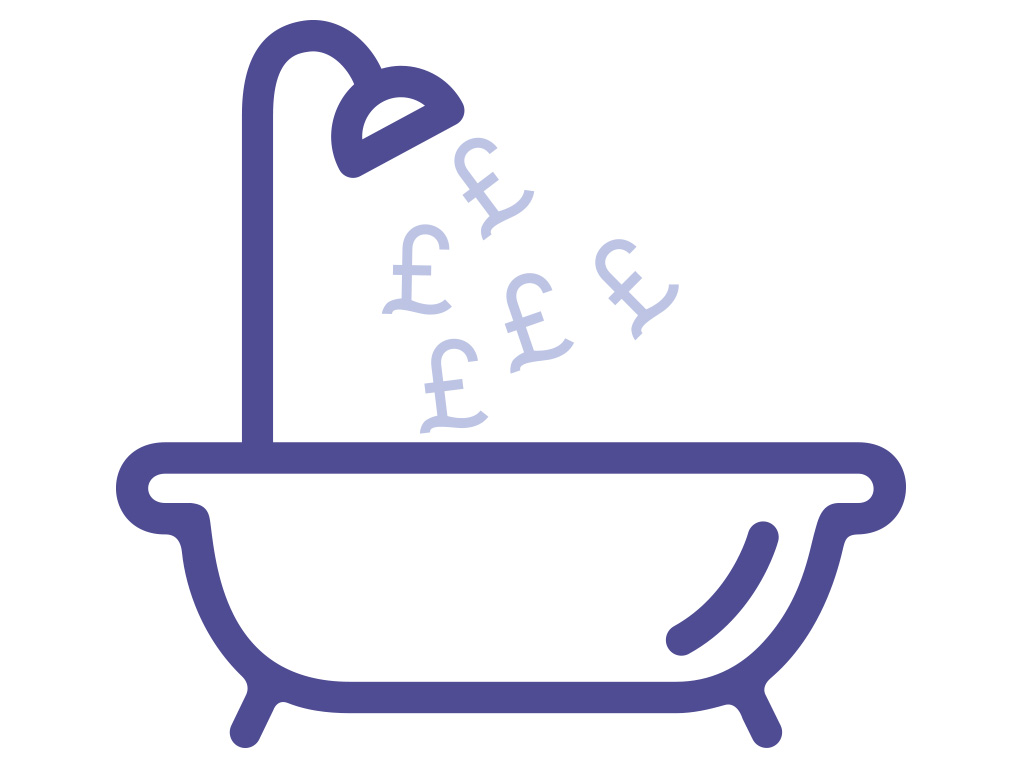Profit vs cashflow
Few practices have a firm distinction between profit and cash flow
A practice may return a good profit, based on year-end accounts but the owner may be in despair because the profit does not reflect the true levels of operating cash within the business. This may be leaving the principal with little operating capital.
Operating capital is crucial to maintaining a healthy business. Many large companies, some of which are household names, have very low profit margins, perhaps 5 per cent or lower, but continue operating as healthy ventures simply because they have excellent cash-flow management. In the past, dentists benefitted from healthily profit margins (40 per cent or more), which meant that the large margin essentially buffered perturbations in cash flow. Cash management was simply to budget until the next large injection of cash. As the costs of operation have risen due to VAT increases, compliance, regulation and other costs of running a practice, cash-flow management has become increasingly important. In fact, superficially, one can argue that the smaller the profit margin (and thus a smaller buffer) the better the cash-flow systems need to be. It is no good having a profitable business at the end of a working year if you can’t afford to reach this point in the first place.
So, picture your business as a bath with water in it. It is a quarter full. Holes in the bath allow water to leak out and fill cups that allow other people to drink the water and stay alive to help refill the bath and keep it clean and serviceable. These holes represent your expenditure on a monthly basis: salaries, drawings, associate fees, lab and material costs and fixed overheads such as rent, mortgages, loans, telephones, IT, utilities, insurance etc. During the month your bath may receive a single big top up of water (NHS schedules, plan payments etc). The water still leaks out, but some of the holes only leak water when the bath is full (for the pedantic reader, the bath will not leak water FASTER, when it is fuller!). This represents significant monthly outgoings like staff salaries and associate payments. Once the water level goes down then these holes don’t leak anymore. However, other holes still allow water to leak and this will keep happening until the bath runs dry. Now no one can get a drink of water and keep the bath clean and serviceable and refill it. They have dehydrated.
The trick is to keep the bath topped up enough to replace the water that is leaking out until it is time for the larger influx of water to fill the bath.
This analogy represents your practice bank account and working capital. Enough money must be reaching your account to service your outgoings, pay your staff and your bills in order for you to keep operating long enough to reach the next large capital injection via NHS payments or plan payments.
There are a few tricks and adjustments to managing cash flow that work very well.
- Escort patients to the reception area in order that forward appointments can be discussed with the reception team. This way any money outstanding on the patients account can be communicated to the reception team.
- Ask patients how they would like to pay today, not would they like to pay today. Simple terminology but very powerful.
- Ask for deposits up front for large treatment plans, treatments that need lab work and indeed for NHS work that requires multiple visits where payments can be broken down.
- If you can, offer larger treatment plans or private work, consider offering patients interest-free finance options to help spread the cost of treatment. This will help case acceptance by removing objections to treatment based on cost and make paying for treatment much more affordable. Just because you are used to seeing plans that cost large amounts of money, don’t expect your clients to think the same way as you. Practices that offer finance options have much better cash flow and treatment plan take up.
- Consider offering treatments that patients actually want as well as need. For this consider tooth whitening, short-term orthodontics, tooth-coloured fillings etc.
- Market what you can offer in the practice. Patients will not know what you do unless you tell them. Always consider what it will do for the patient rather than talking too technical. For example, an implant is a screw that is placed into your jawbone that supports a crown, but it is also the closest thing to a natural tooth that will enable you to eat apples and steak with your family without fear of a bridge or denture falling out. Sell the sizzle not the sausage!
- Learn to communicate and ethically sell your treatments to your patients. There are a number of excellent ethical sales and communication courses available.
- Monitor the productivity and overheads of your associates and beware of busy fools who drain your resources and make you no money. We have witnessed several practices where poor associates have literally stalled the cash flow and sustainability of practices.
- Chase debts.
- If you have a pipeline of treatments that patients have not returned for or you have clients that have expressed an interest in a particular (elective) treatment then follow up with these clients. Your software should be able to run reports on patients with outstanding plans and if you use a treatment co-ordinator to talk to patients then they should be keeping a record of these meetings and following up with potential clients.

Comments are closed here.